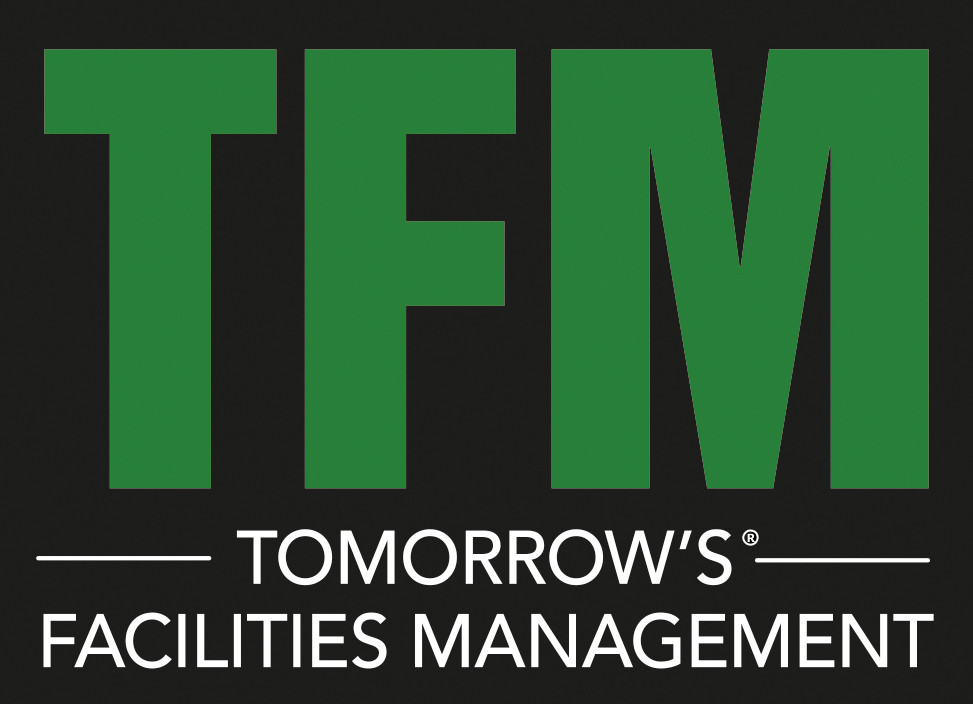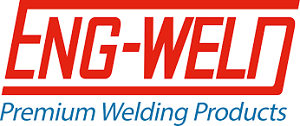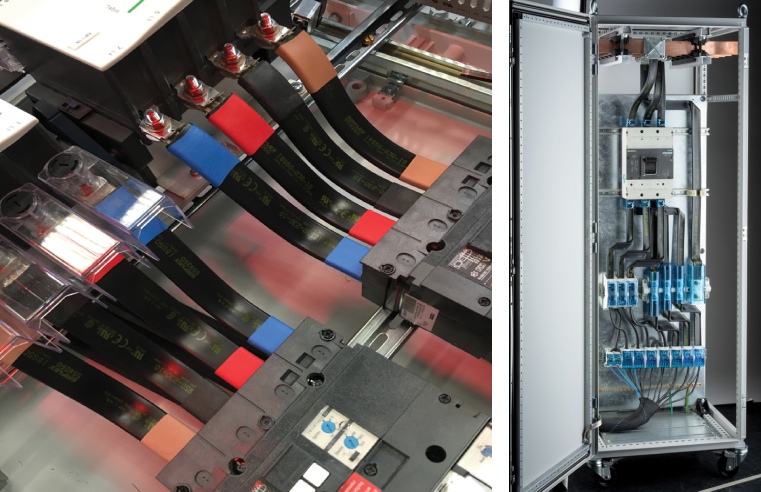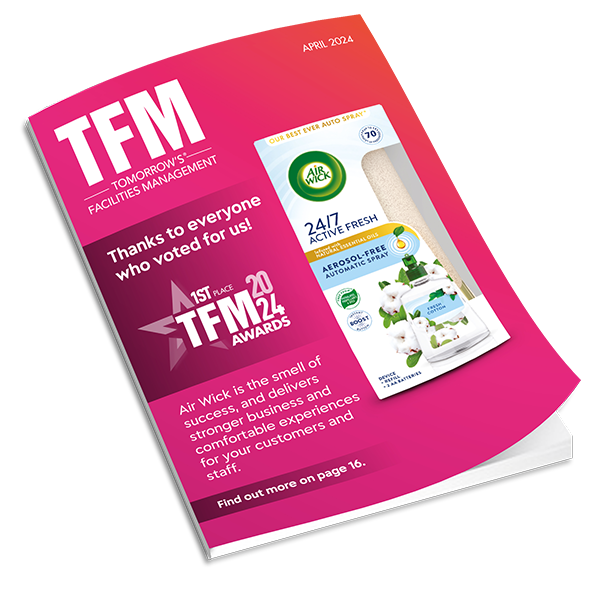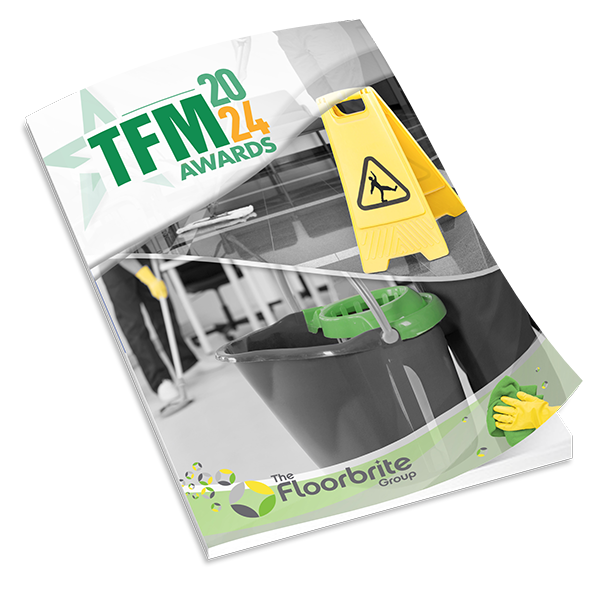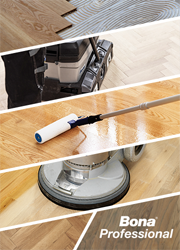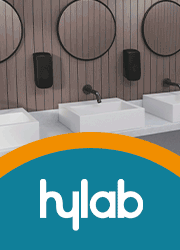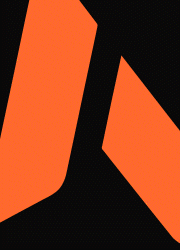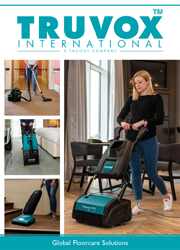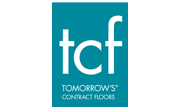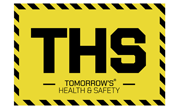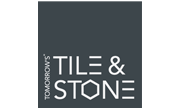Ever wondered how you can improve your welding? Engweld’s team of industry experts have put together a checklist to ensure you are efficient and safe when MIG Welding. The team have worked with a wide variety of welding products for over 50 years. Here are their top tips, from best practice equipment setup, checking gas pressure and ensuring the correct drive roll and tension.
Tip #1
Follow best practice when setting up equipment.
Setting up equipment can be long and time-consuming but it's imperative that it is done correctly. Not setting up correctly can lead to dangerous complications and issues further down the line.
Making sure that the MIG wire you have is the correct type and diameter is crucial. Ensure that any wire that you use has not gone rusty. Rust comes off in the torch tube (liner), use of this will cause problems by choking up the liner. You need to ensure that the specific wire has been thoroughly researched online. Not researching can lead to issues regarding the voltage, wire feed speed and amperage.
Ensure that all connections are tight before starting any work, this being from the front of the MIG gun to the power pin attached to the power source. A smooth flow of electricity is needed for the electrical circuit. If this is not correct, this can affect the quality of the finished weld and welding arc. Ensuring safety, all cables and wires should be organised neatly, this prevents a hazardous workplace.
Finally, it is important to check that you have selected the right gloves for the welding type. For example, MIG Gauntlets should be selected for MIG Welding, TIG gauntlets for TIG welding. In addition, it is recommended that a Welding Helmet is worn with the correct filter lens for the relevant protection. Engweld recommend the new pro-line true colour helmet which offers moulded construction, full face coverage and fast switching amongst other benefits.
Tip #2
Check correct gas pressure.
It is vital that you check the gas pressure is correct at the torch as leakages can occur from the regulator to the torch.
Gas flow rates are very low and can vary from 3 to 8 psi when welding. That is the gas pressure in the hose going into a wire feeder/welder. The flow rate should be used as a guideline and then adjusted to get the best results. This can be refined by conducting test welds. One point to look out for is any tiny pinholes in the surface of your weld. If you notice this then you will need to add more gas.
Tip #3
Ensure the proper drive roll and tension is correct.
When the drive roll and tension is set correctly, the rolls slip instead of creating a bird’s nest if there is a feeding problem. As well as this, the drive rolls will last longer. If the drive roll selection and tensions are not right, it can lead to poor wire feeding. When setting the tension, the wire should just curl in your hands when the tension is right.
Flux-cored wire is softer, therefore it requires a knurled drive roll that has teeth to grab the wire to help this push through, this is due to the flux that is inside the tubular design. A flux core sometimes gives better penetration than what a gas shielded wire would. The knurled drive roll should not be used with solid wire, as the teeth can cause shavings to break off the wire. This can lead to complications such as clogs in the liner, creating resistance when the wire feeds.


